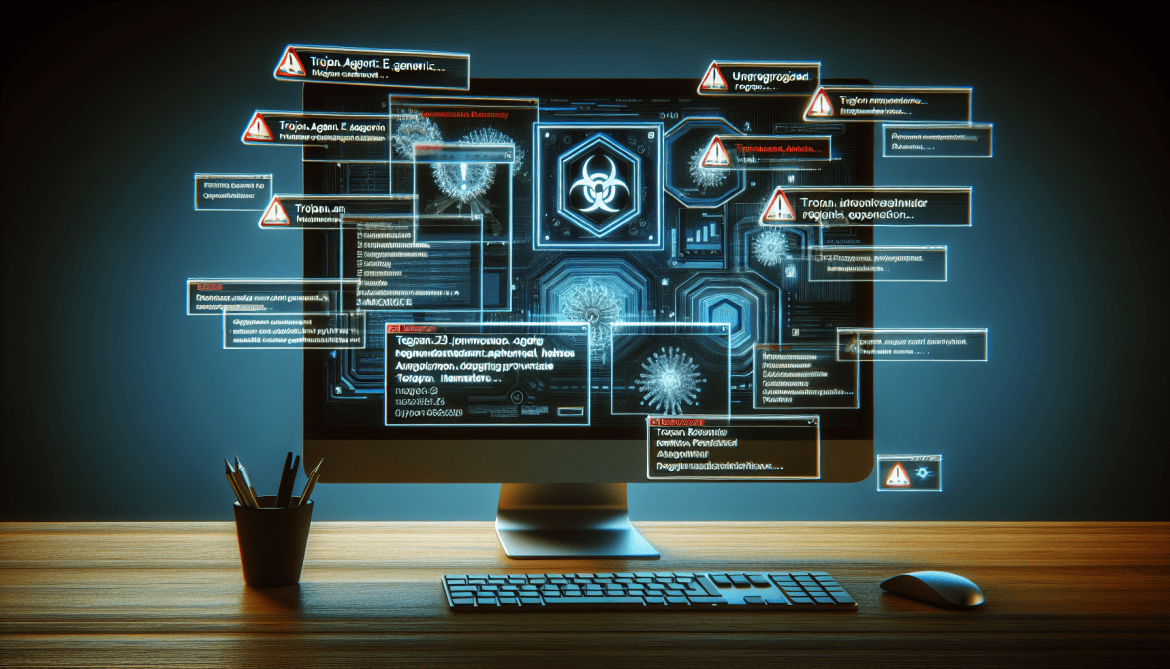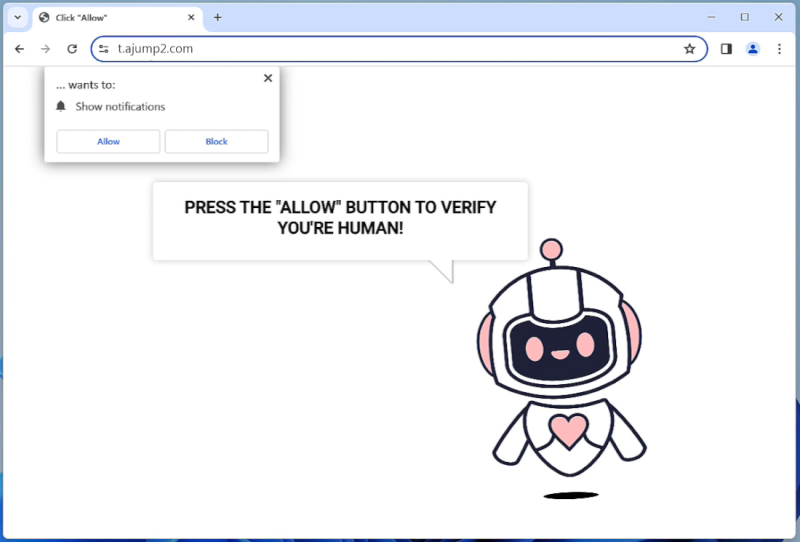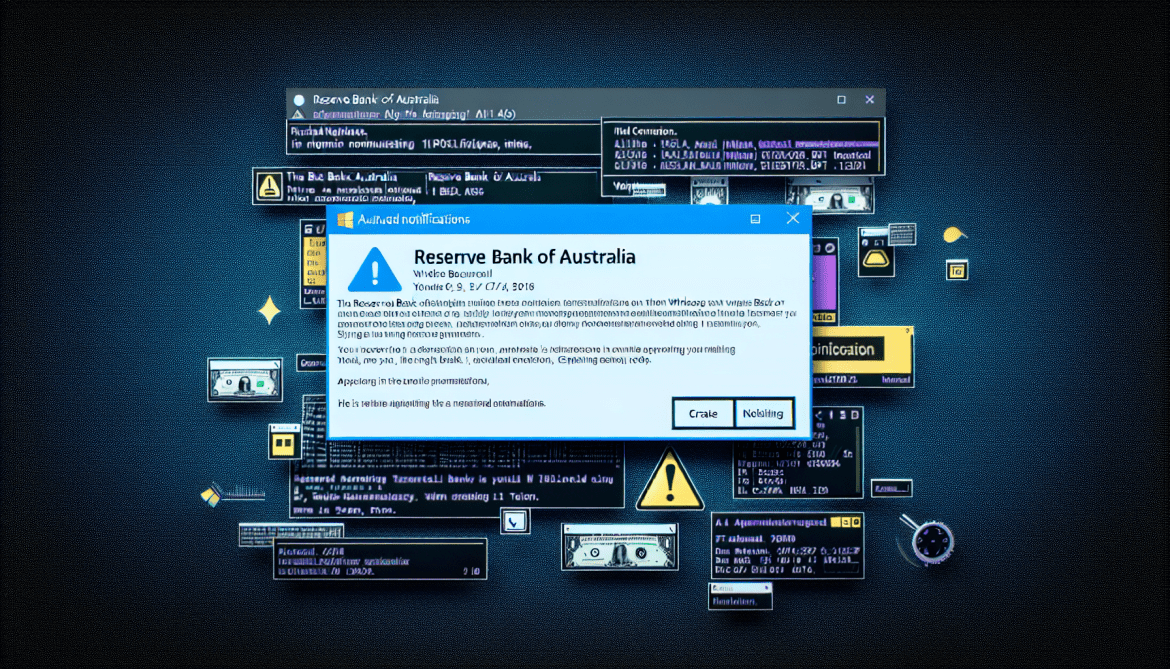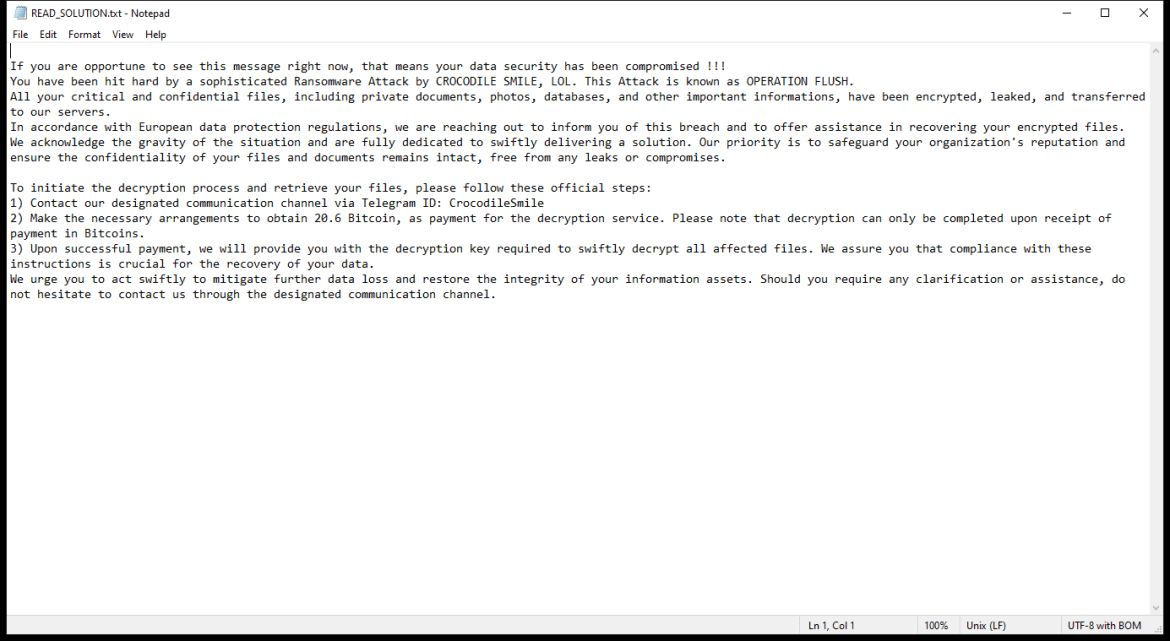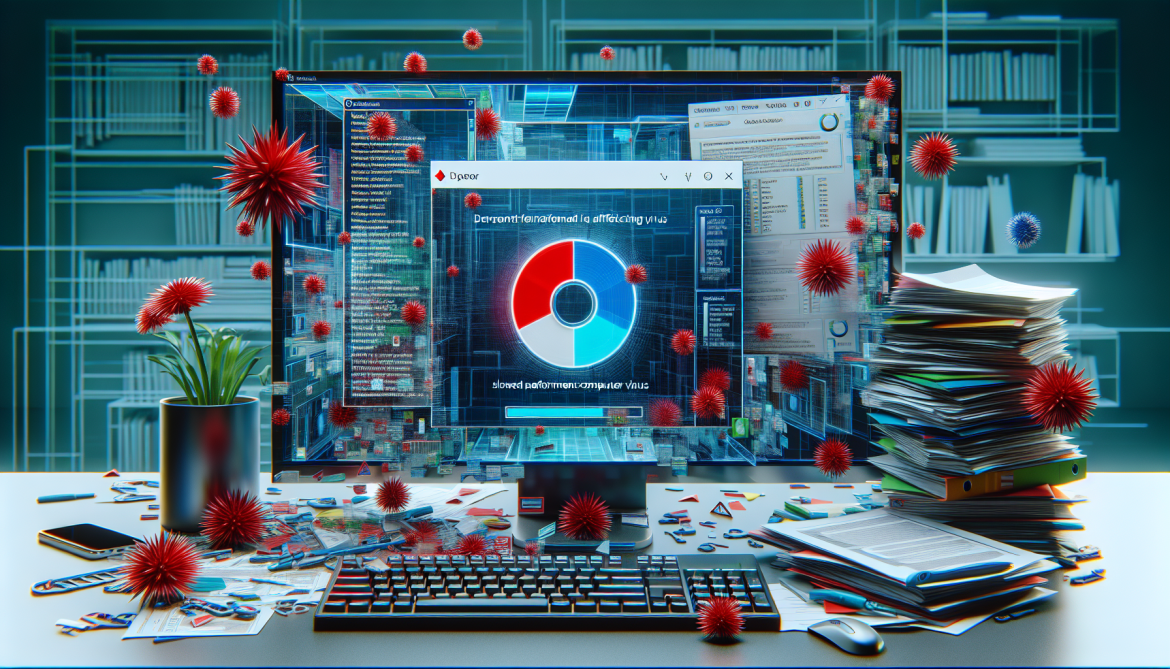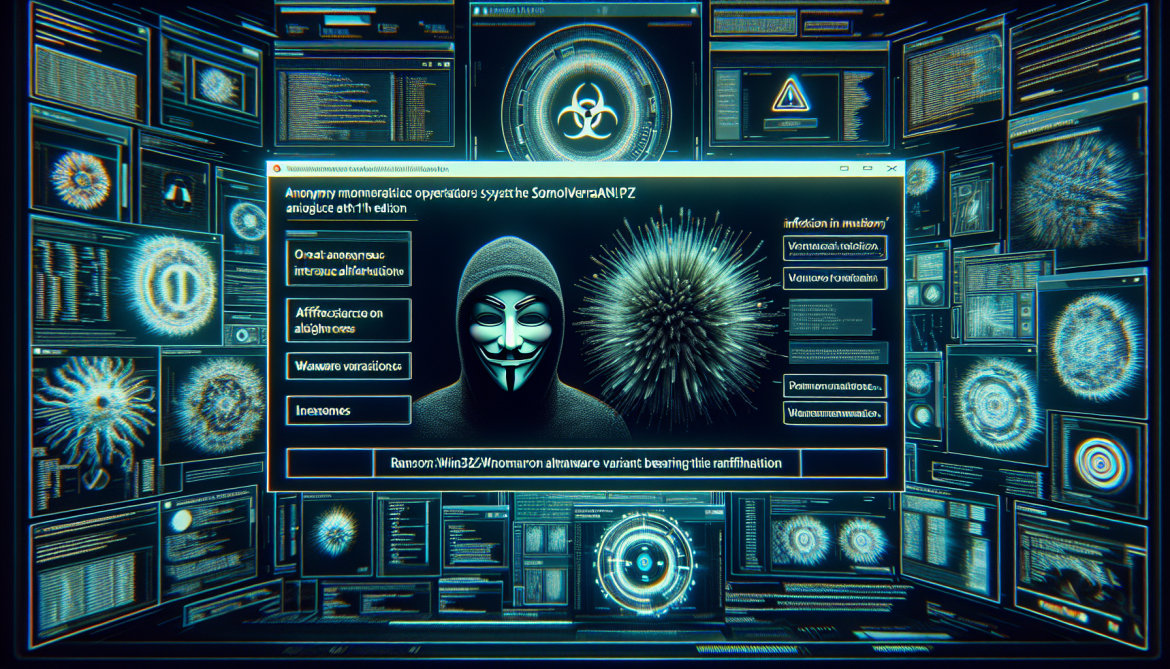Trojan.Agent.E.Generic is a type of Trojan horse malware that infects computers by disguising itself as a legitimate program or file. It typically enters a computer through malicious email attachments, infected websites, or through software downloads from untrustworthy sources.
Once on a computer, Trojan.Agent.E.Generic can perform a variety of harmful actions, such as stealing sensitive information, installing additional malware, or allowing remote access to the infected system. It can also slow down the computer’s performance, cause system crashes, and compromise the security of the device.
To protect against Trojan.Agent.E.Generic and other types of malware, it is important to regularly update your antivirus software, avoid clicking on suspicious links or downloading unknown files, and practice safe browsing habits. Additionally, keeping your operating system and software up-to-date with the latest security patches can help prevent infections from occurring.

